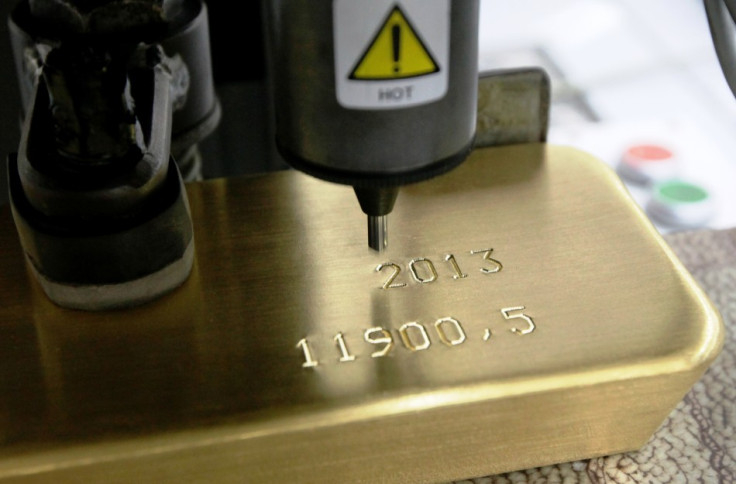Gold Prices Rise as Markets Await US Stimulus Clarity

Gold prices ended higher this week but gains were capped on the final trading day ahead of the US Federal Reserve's policy meeting next week.
Spot gold hovered at $1,330.30 (£864.79 , €1,002.03) an ounce, falling 0.2% on Friday but gaining 3% in the week ending 27 July. US gold futures for August delivery settled at $1,321.50 an ounce, Reuters reported.
The Fed's two-day Federal Open Market Committee (FOMC) meeting, beginning 30 July, could provide more clarity on the future pace of US monetary stimulus.
Fed comments will either bolster or weaken gold's investment appeal.
The physical demand for gold, however, continues unabated. Central banks in eight countries increased their stockpile of gold in June, data from the International Monetary Fund shows.
Russia, Ukraine and Azerbaijan are among eight countries that increased their bullion holdings in June, revealing a strong interest among emerging economies to own gold as part of their reserves.
Germany, the world's second-largest gold owner, Turkey and seven other countries reduced their bullion holdings that month.
IMF data showed reserves in Russia, the world's seventh-largest gold owner, climbed 0.3 tonnes to a total of 996.4 tonnes in June, a ninth successive monthly increase.
Reserves in Germany were down 0.8 tonnes to 3,390.6 tonnes in June.
Gold prices ended at a one-month high last week after the markets were calmed by US Federal Reserve chief Ben Bernanke's comment that the Fed would maintain its monetary stimulus if US economic growth misses the central bank's expectations.
Gold has gained over 9% in three weeks after the Federal Reserve in late June assured financial markets it would begin pruning its asset buys only if the US economy continues to improve, as officials expect it to.
However, the precious metal has lost a fifth of its value so far this year as market participants feared that an economic recovery in the US could prompt the Fed to trim its massive monthly bond buys.
The Fed still expects to start paring back on its $85bn bond-buying programme later this year but refuses to reveal when the planned reduction will take place.
© Copyright IBTimes 2025. All rights reserved.






















